Little Deceptions
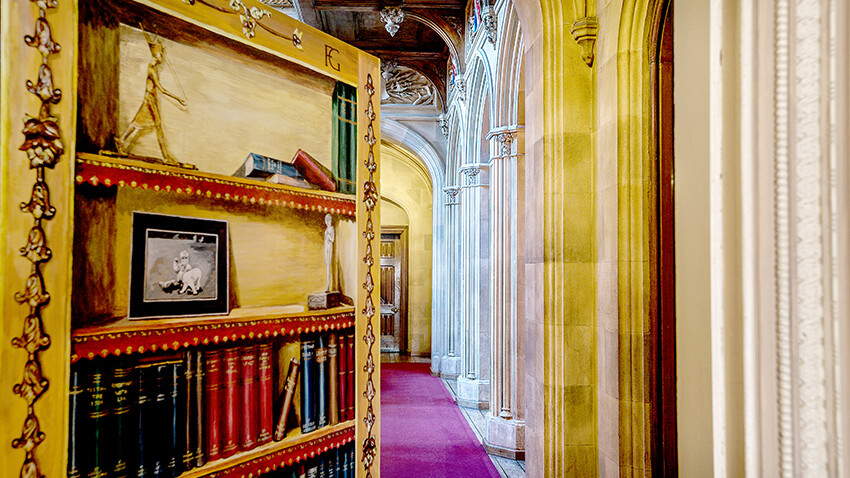
Little Deceptions
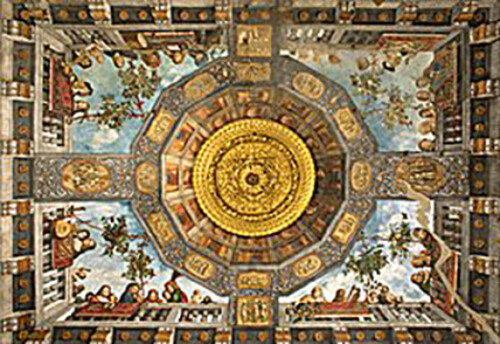
When is a lie not a lie? Perhaps it is a “white lie” when we just mean it for the best? We are taught as children that we should not lie, but as adults, many of these ‘protocols’ seem to become smudged. Little deceptions too easily become part of everyday conversation with ourselves as well as with other people, a little flourish to make something more palatable.
Little lies are not just part of everyday life but have been painted into our lives in art as well. It was Flemish and Dutch artists in the 16th and 17th centuries who revived the ancient Greek art of Trompe-l'œil, particularly in the imitation of nature. They called this “bedriegertje” meaning "little deception" - paintings which trick the viewer into perceiving painted objects or spaces as real.
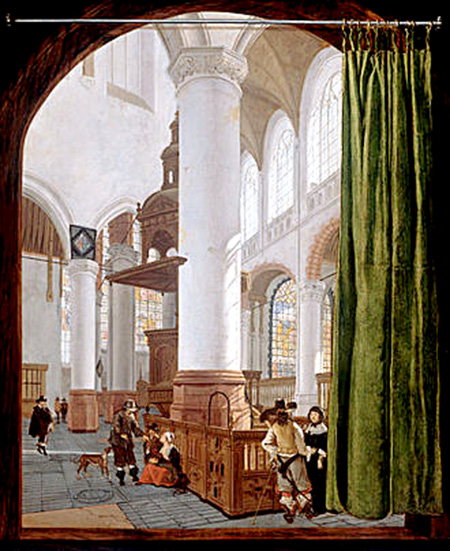
An ancient Greek story relates a contest between two famous painters, Zeuxis and Parrhasius during the 5th Century BC. Whilst none of their paintings remain today, these artists are known because of references to them by writers such as Pliny the Elder, Aristotle and Xenophon. A millennia later during the Renaissance, artists and their patrons were utterly obsessed with Pliny's Natural History which contained detailed descriptions of various great works of art from antiquity. The fact that most no longer existed merely added to their imagined perfection.
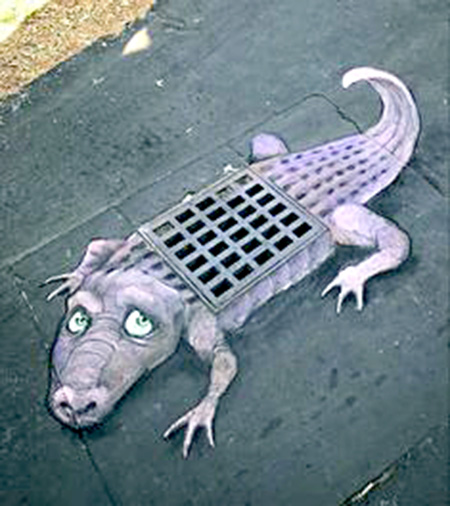
Among the most intriguing was a picture of grapes by the famous Zeuxis (fifth century B.C.) which was apparently so realistic that birds tried to eat them. In the story of the competition, Parrhasius and Zeuxis were trying to assess who was the greatest painter. Apparently, Parrhasius asked Zeuxis to judge his painting behind some tattered curtains in his study. However, when Zeuxis tried to pull back the curtains, they were revealed to be part of Parrhasius’ painting thus making Parrhasius the winner, Zeuxis declaiming, "I have deceived the birds, but Parrhasius has deceived Zeuxis”.
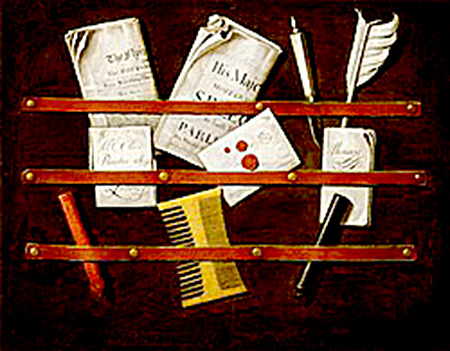
In the 16th and 17th centuries, this sort of art was mostly used in huge scale decorated ceilings which conjured up the illusion of infinite space, creating ever greater height in a room. In others, the heavens seem to open up and an Italian phrase di sotto in sù ("from below" in Italian) is used to sum up this soaring effect. There was often a depiction of Jesus' or Mary, or a saint's ascension or assumption.
Illusion art reached new heights in the 17th century, particularly among Dutch artists, who achieved extraordinary levels of realism. Often such murals might depict a window, door, or hallway, intended to suggest a larger room. One of these artists, Evert Collier produced many paintings for the English market. His illusionistic letter racks were and are so convincing, we try to reach out for the well-thumbed piles of papers carefully tucked behind either straps – but if we try, we would find we had been fooled.
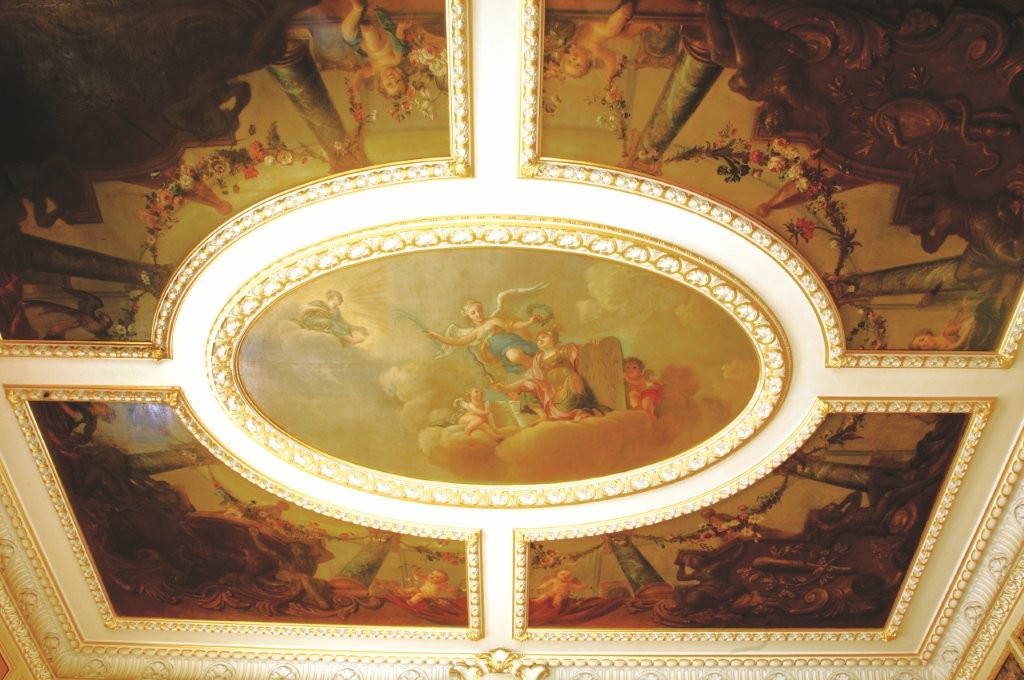
Only in the early 19th century was the phrase trompe-l'œil coined to describe this illusionistic technique. It is still popular as it is about a magical experience, a sense of being in on the joke, though today it is possibly most commonly seen in pavement art.
At Highclere, the Music room has a beautiful painted ceiling by the artist Francis Hayman which depicts Athene Rising. Although he was an English artist working in the 18th century, the centrepiece is an approximate example of this kind of ceiling heightening effect. It is hard to say though as it is likely that the painting was originally made for a smaller room before being removed and replaced, firstly in the Georgian and, later, in the Victorian rebuilding of Highclere.
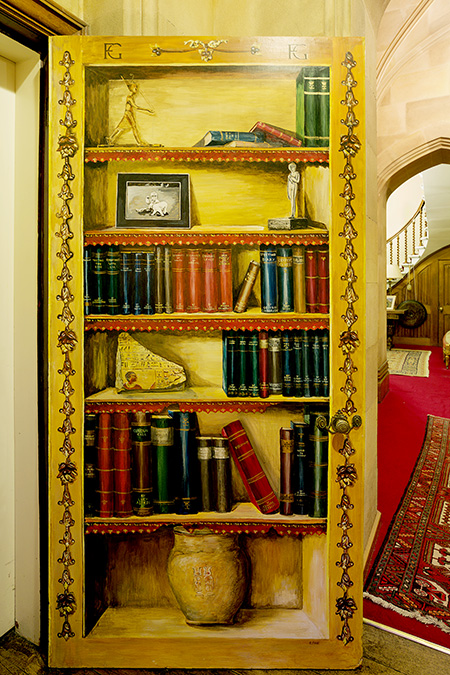
A better but entirely modern example of such "illusion painting" can be found on the door between the Saloon and the Smoking Room. Painted by a girlfriend, the door is disguised as a bookshelf with books, a vase and some photographs. It is particularly mischievous, because whilst at first sight the books appear to be entirely conventional, each title has been tweaked to reflect either my husband and myself, our family or various members of staff. As a private joke between those of us at the castle, it is entirely in keeping with the ideals of those 16th century Dutch artists.
17 Comments
Good morning. This was fun to see at the castle. Your friend is very talented. I'm hoping to come back sometime for a second look! ;)
Lovely the pictures of little deceptions did you and lord Carnarvon have a wonderful weekend
Iam fan of Downton Abbey and highcelere castle
We did have a lovely weekend thank you , I hope that you did as well
Lady Carnarvon
When you mentioned pavement art, it made me think of the original Mary Poppins movie where they jumped into the pavement to that magical land!
Enjoyed the bit of history of visual art that fools the eye, thank you. The door painted by your friend is so fun!
I am always moved by your articles. I am touched by either remembrances, your knowledge, the joy you find in your particular life, learning something new and as always, your gift of writing. Monday is my favorite day of the week. Thank you so much.
you are very kind
The subjects you find to discuss and the level of historical or cultural detail associated with them is truly amazing. I’ve studied philosophy in some depth but never came across the references you mentioned here. Tying them all to Highclere is, of course, even better. Great stuff - thank you!
As you refer to the work put between the Saloon and Smoking rooms, I think of that word you used, mischievous, in describing the book titles. I think of these illusions as those offered by the children inside of us all who would like to make the world a little different somehow or pleasantly distracting. Some of these illusions seek to remind or enlighten or bring amusement, I suppose. In that manner of reminding, some of this art seems to bring back something lost or to lie a bit on something we might never have had. As the season changes now in my country and the leaves change from green to gold, I think of the last article that tells us about the Ash Trees. I cannot extract from my mind the sense of loss about the extinction of anything here on our Earth. I am hopeful and not that we should ever have the luck of Illusion Ash Trees on any walls where we once expected windows. If I am to be a child again, let my grandmother send me to the ground in the hills with trowels and carts and seedlings to offer a green truth with no illusion at all. As an old man, if I could paint on the back of a door a reminder of a day or more planting trees, then someone someday might know that we cared and tried. Let me not lie in the least.
I've admired this style art forever and ever...thank you for explaining it further to me.....Absolutely LOVE your special bookcase --fabulous work !!
Lady Carnarvon, thank you for this fun, educational post. As an art history minor back in my college years, I especially enjoy your discussions about Highclere Castle's art and architecture. Thank you for sharing your "private family joke" with us regarding the door painting!
love the "deception" in the artwork! Thank you
Just one word about this article. Stunning.
What a sweet (and talented) friend to have personalized the door painting in this way! Thank you, dear Lady Carnarvon. I hope you are well.
Suzanne in Georgia
Lady Carnarvon,
I especially enjoyed your blog today. As a folk artist for about 40 years, I am quite interested in the art of Trompe-l’oeil.
I had plans to learn the technique upon retirement as a Licensed Massage Therapist, but health problems prevented me
from entering classes, although I have a keen appreciation. Thank you for sharing.
Dorothy in Texas, U.S.A.
Fun to read thank you
Lady Carnarvon,
I liked your piece on this type of painting which is one of my favorites. The Italian Palazzos have many fine examples of walls being made of marble or my favorites the entire ceiling of the room having a multi-dimensional effect of the roof being that of an atrium even to the extent of having images of gods or guests dangling their legs over the edge of the non-existent opening in the ceiling. The amount of detail in these large paintings is quite breathtaking. You are lucky to have examples in your own home. Thank you for the memory.
Lady Carnarvon,
Upon looking more closely at the photo of illusion painting on the door between the saloon and smoking room, I do see the FG on the upper top corners!
I remember seeing this door when we toured at Christmas in 2019, I believe the door was open, would love to read the titles on the books!
Have a lovely week and Happy Halloween!!
Candice, Ohio, USA
Leave a Comment
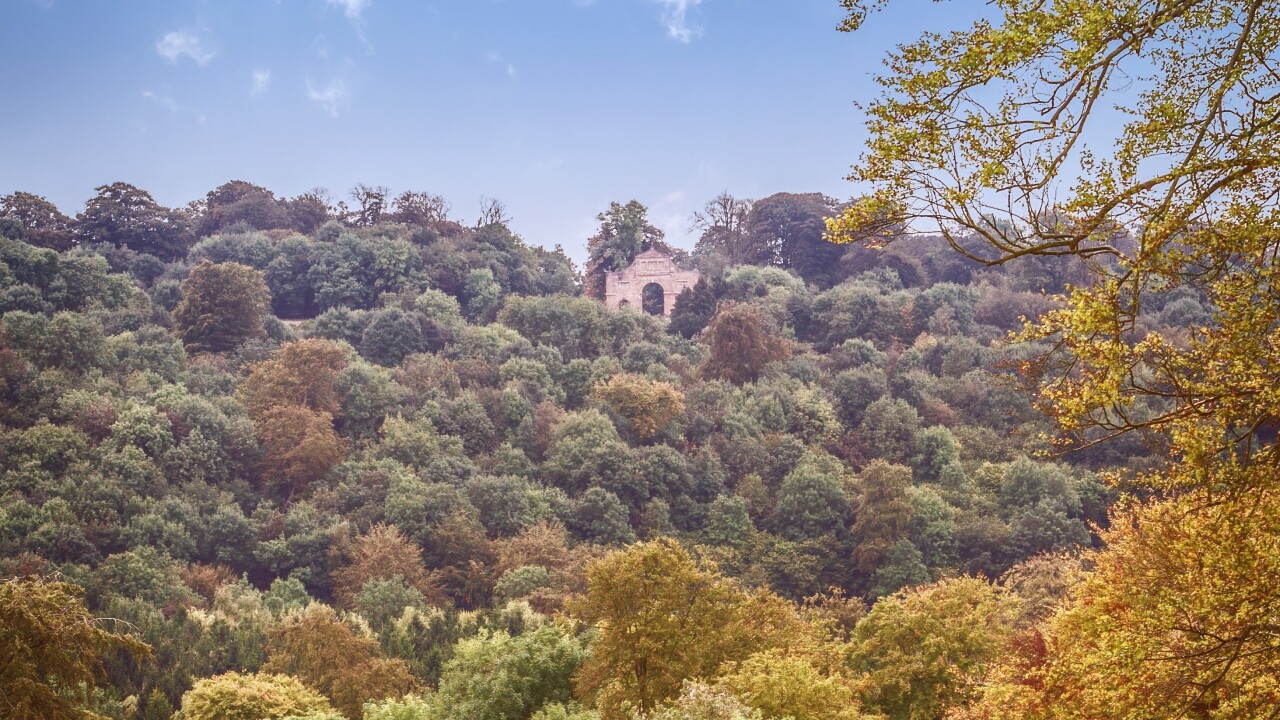
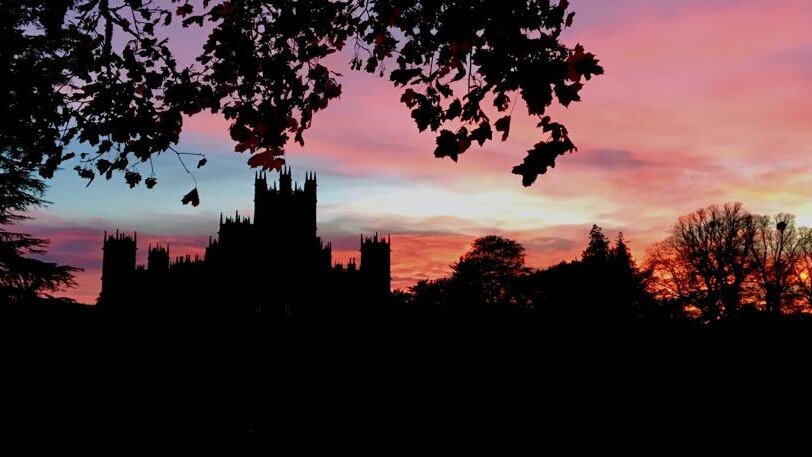
- Christmas
- Community
- Dogs & Horses
- Egypt & Tutankhamun
- Entertaining
- Farm
- Filming
- Gardens
- History & Heritage
- Daily Life
- Royalty
- Cooking
- Interiors
- Heroes
- Architecture
- Cars
- Conservation
- Downton Abbey
- Events
- Gardens & Landscape
- Highclere Castle Gin
- History
- Planes
- Restoration
- Stories & Books
- Uncategorized
- Visitors
- Wildlife

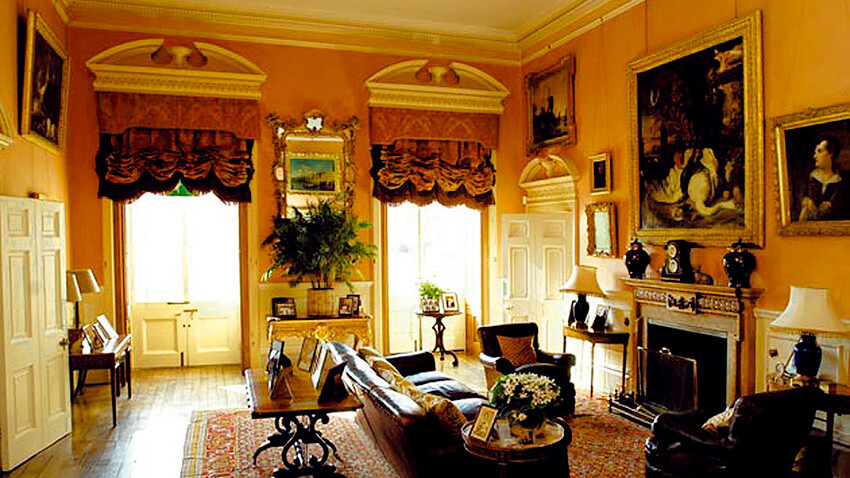
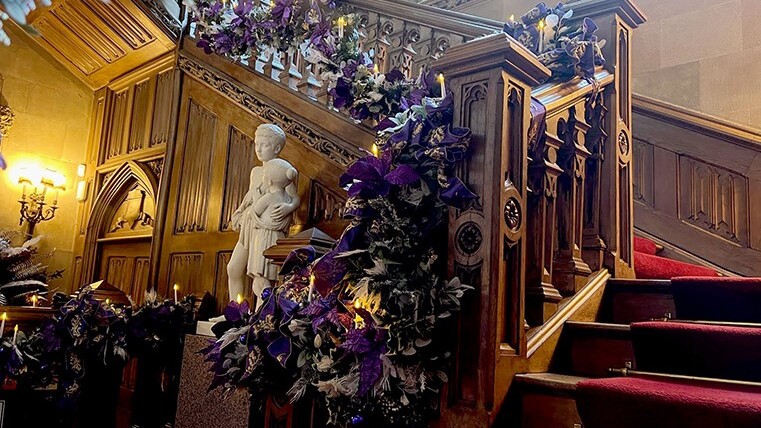
Lady Carnarvon,
This blog is terrifically funny, amazing and educational! Thank you for your quirky writing! A great start to a new week!
Martha G
thank you, you are very kind.